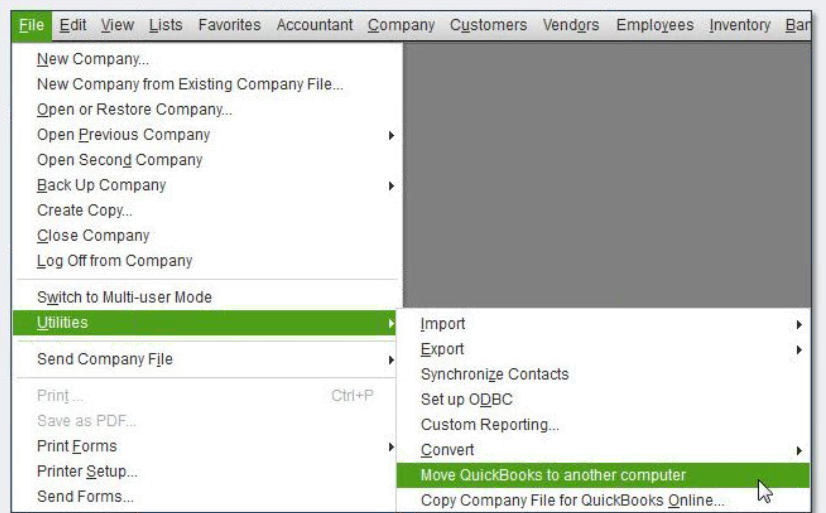by Zipbooks Admin
Small Business Cash Flow Management Done Right

As small business owners ourselves and having run many successful businesses in the past, we threw together some ideas from our staff on the best ways to manage your cash flow for a small business.
Be aware of common obstacles in your area of business
For example, if you’re running a smaller company, you may have several months where you can run things by yourself or with a few other people. But there will probably come a day when you’ll need to hire an accountant. You can learn from others in the business, and forecast what changes and obstacles you might face in the coming years.
Be realistic when making key decisions
Stay consistently optimistic, but use realism when you are in a situation that could bring down your business. If you are considering applying for a major line of credit or if you’re about to take on a partner, be thorough about planning for the future. Plan for success but be aware of what you may run into along the road. Most large companies have achieved their size over a period of consistent planning and adjusting to expected and unexpected outcomes. And don’t worry about every mistake. Try to keep mistakes small enough that you can afford to fix them, and welcome the opportunity to learn from them.
Keep an eye on your cash flow
Is the difference between income and expenditure often small? Use cloud accounting software like ZipBooks to keep an eye on how much you’re making versus spending. There will be good weeks and bad weeks, but having these numbers charted out can give you a visual map of what’s going on with your money. Avoid a deficit if you can, and plan with an accountant or another business consultant when you feel things are getting out of control.
Six ways to regulate your cash flow
- Change your terms. Consider getting rid of your 30-day terms and change to pay-upon-receipt.
- Follow up. If you have provided a product or service, you deserve payment on the terms that were arranged when you gave a quote. Consider asking a client, “When can I expect payment?” at the time of billing to set clear expectations.
- Regulate your invoicing. Invoice online with ZipBooks to save time and get paid quicker.
- Negotiate different payment dates with different suppliers. Try to spread out major payments.
- Don’t let inventory sit around. It just wastes space and costs money.
- Establish a good line of credit so you can borrow money short-term when cash is tight.
Reporting
Use reports to review your company’s financial progress. Notice where things aren’t going as planned, and begin working on solutions before these problems cause too much stress to you. Don’t forget to keep your personal and financial expenses separate to stay clear on where your business is at, and help you pinpoint what can be considered a business tax write-off.
Consider using the following reports to keep your finances understandable:
- Profit and loss reports (income/expenses/profits over time)
- AP and AR reports (how much money is owed by, and to, your company)
- Balance sheet reports (assets, liabilities and net equities)
- Depreciation reports (value of assets owned by your company)
Bigger contracts mean more risk
Make sure that you have the necessary staff to complete the contract you are going to bid for. Will you need to plan for additional employees and/or contractors before the contract is complete? When will you be getting paid and when do you need to pay your contractors?
Also consider capital investments. Will you need new equipment and do you have the available financing or cash reserves to make the purchase? How will financing impact your cashflow?
Will this take too much time away from existing clients? Adding new clients is great, but it isn’t that great if it hurts established sources of revenue.
Also you need to consider the worst case scenario. What is the likelihood of default? Will your company be able to survive if you dedicate resources to the contract, and it is terminated early?
Again, think through possible outcomes to protect your company from harmful surprises.
Saving money also helps cash flow
A good cloud accounting software like ZipBooks will help you visualize what is coming in and out of your accounts and help you identify ways to save money.
Pay your bills on time to avoid harming your credit score.
Know the advantages and disadvantages of allowing different payment options (cash, credit cards, PayPal, etc.). For example, be familiar with the fees that credit card companies charge per transaction. Measure the convenience for your clients against what it will cost you.
Do your research when buying or leasing equipment. Look for hidden fees, damage, and effects on your tax bill.
Get to know tax legislation, insurance requirements, and retirement fund financing. Consider an accountant to help with this.
You can barter to reduce payment costs, but the IRS does treat this as a taxable transaction.
Adjust your margins and pricing
How you can adjust your margins and pricing depends heavily on the demand for your product, the visibility of your business, the effectiveness of your marketing, and the pricing policies of your competitors.
Say you are selling leather shoes at $90 per pair. If you are selling 20 pairs a day, maybe you can bring the price up to $100 or $110. But when you bring the price up, will you still sell 20 pairs? Even if you sold fewer pairs of shoes, would you still make a little more if you marked up the price? Will your customers be willing to pay a higher price for your shoes, or will they feel cheated?
These are all things to consider, but if your company is progressing you should consider adjusting your pricing. Test out what changing your margins would mean for your business. Try it for a week or so, and reassess.
Plan for success
Probably the biggest factor keeping you from opening up your books more frequently is fear — fear of failure, fear of disappointment, fear of the unknown. You really can change that fear into confidence when you get to know the plan for your company. Set clear expectations for yourself and others, and get to know who is getting paid when and how. The transparency will get rid of that black cloud of the unknown and help you get to know your company. And the more comfortable you are with your money, the easier it will be to grow it.





